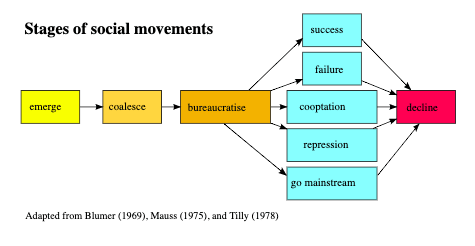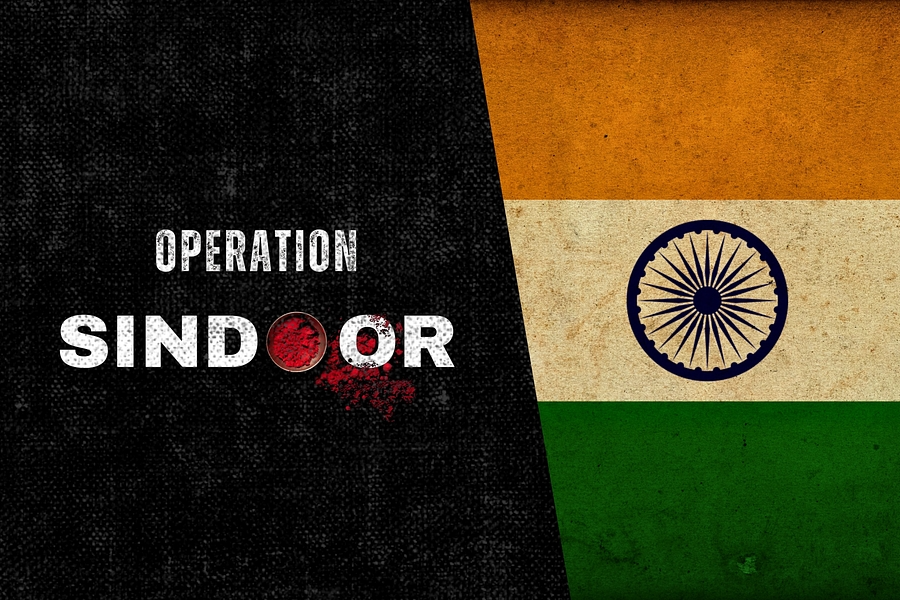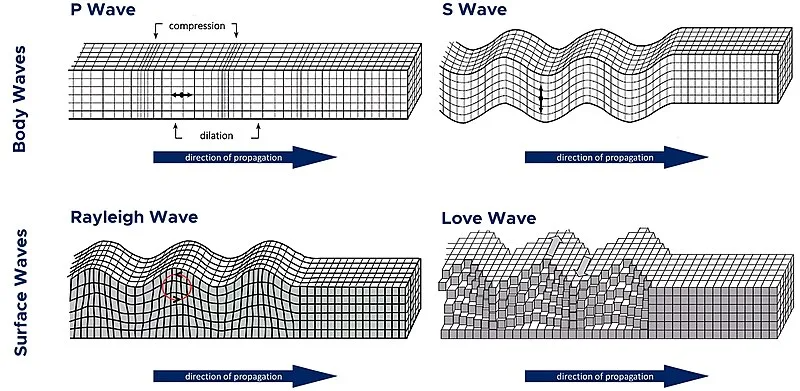Protests in Nepal over Social Media Ban and Corruption: A Sociological Perspective on Social Movements
Relevance : Sociology Paper 1: Social Change in Modern Society- Sociological theories of social change.
The streets of Nepal have recently witnessed an upsurge of public discontent as citizens mobilized to protest against a proposed social media ban and the persisting menace of corruption. The protests highlight a recurring pattern in modern societies: when state policies appear to suppress rights or deepen inequality, people turn to collective action. These events are not isolated; they represent a phase in the long trajectory of social movements across the world. From early worker struggles to contemporary digital activism, social movements have continuously evolved as expressions of people’s agency against perceived injustice. Examining Nepal’s protests through the sociological lens of social movements not only contextualizes the unrest but also provides insights into how collective action transforms societies.
Understanding Social Movements in Sociology
Sociologists define social movements as sustained, organized collective efforts by groups of people to challenge or defend existing structures of power, norms, or cultural practices. Unlike short-lived protests, social movements involve continuous mobilization and a shared sense of identity, often emerging from grievances against political, economic, or social systems.
Major characteristics of social movements include:
- Collective Action – Participation of people in large numbers, beyond individual dissent.
- Common Purpose – A shared grievance or demand, such as freedom of expression or accountability.
- Organization – Networks of leaders, activists, and communication channels.
- Sustained Campaigns – Movements usually continue over time rather than ending with a single protest.
- Ideological Framing – Movements justify their cause through appeals to rights, justice, or moral legitimacy.
Nepal’s ongoing agitation combines all these elements: citizens unite against corruption and internet restrictions, frame their cause in terms of freedom and accountability, and sustain pressure on the state through organized demonstrations.
Protests in Nepal: The Trigger and Grievances
Two key issues triggered the protests:
- Social Media Ban – The government’s move to impose restrictions on social media platforms was perceived as an attack on freedom of speech and digital rights. In a country where online platforms provide space for political debate, activism, and youth expression, the ban symbolized an attempt to silence dissent.
- Corruption – Long-standing public frustration with political corruption, nepotism, and lack of transparency added fuel to the fire. For many, the ban was not just about social media but also a cover for shielding corruption from public scrutiny.
The convergence of these grievances created fertile ground for a mass movement, attracting students, activists, professionals, and ordinary citizens who found a collective identity in defending democracy and accountability.
Theoretical Perspectives on Nepal’s Protests
- Relative Deprivation Theory
According to this theory, people protest not merely because of poverty or inequality but because they feel deprived relative to what they believe they deserve. In Nepal, citizens feel deprived of good governance, transparency, and the right to free expression. The contrast between democratic promises and the lived reality of corruption intensifies the sense of injustice. - Resource Mobilization Theory
Successful movements depend not just on grievances but on the ability to mobilize resources such as leadership, communication channels, and financial support. In Nepal, activists leveraged digital tools, student unions, and civic organizations to spread awareness, mobilize crowds, and sustain the protests. Even while a ban was proposed, the very networks targeted by the state became the backbone of mobilization. - New Social Movements Theory
Contemporary movements often revolve around identity, culture, and rights rather than purely economic issues. The Nepal protests fit this model: they are not only about corruption (a material grievance) but also about digital freedom, democratic participation, and youth identity in an increasingly connected world.
Stages of Social Movements
Sociologists, particularly Herbert Blumer, have explained that social movements typically unfold in stages, progressing from initial unrest to possible decline or institutionalization. The protests in Nepal can be analyzed through these stages:

-
Emergence (Initial Unrest):
-
This stage is marked by widespread discontent but without clear leadership or strategy.
-
In Nepal, grievances over corruption and digital censorship sparked dissatisfaction, conversations, and sporadic protests.
-
-
Coalescence (Formation):
-
People begin to organize, leadership emerges, and demands become clearer.
-
Student unions, civic groups, and digital activists in Nepal took the lead in framing demands for accountability and digital freedom.
-
-
Bureaucratization (Formalization):
-
Movements develop structured leadership, strategies, and organizations.
-
Nepal’s protests are gradually moving towards this stage, as civil society groups and activists coordinate demonstrations and seek policy reforms.
-
-
Decline (or Transformation):
-
Movements can decline due to repression, co-optation, internal conflict, or success.
-
In Nepal, outcomes may vary: if reforms are introduced, the movement may lose steam; if repression increases, it could radicalize.
-
-
Institutionalization (Legacy):
-
Successful movements often transform into institutions—new laws, watchdogs, or even political parties.
-
If sustained, Nepal’s protests could institutionalize into anti-corruption watchdog bodies or digital rights advocacy platforms.
-
By viewing Nepal’s agitation through these stages, we see that it is currently between coalescence and bureaucratization, with potential to evolve into a long-term institutionalized movement.
Evolution of Social Movements: From Industrial to Digital
To situate Nepal’s protests, it is useful to trace the historical trajectory of social movements:
- Early Social Movements (18th–19th centuries)
- Emerged during industrialization in Europe.
- Focused on labor rights, abolition of slavery, and national independence.
- Example: The Chartist movement in Britain, labor unions in the U.S., anti-colonial movements in Asia.
- Emerged during industrialization in Europe.
- Mass Movements of the 20th Century
- Expanded agendas: civil rights, anti-apartheid, women’s suffrage, anti-colonial struggles.
- Relied on rallies, strikes, underground networks.
- Example: India’s independence movement under Gandhi, U.S. civil rights movement led by Martin Luther King Jr.
- Expanded agendas: civil rights, anti-apartheid, women’s suffrage, anti-colonial struggles.
- New Social Movements (1960s onwards)
- Issues of culture, environment, peace, gender equality, LGBTQ+ rights.
- Decentralized, identity-driven, often post-materialist in nature.
- Example: Green movements in Europe, feminist movements globally.
- Issues of culture, environment, peace, gender equality, LGBTQ+ rights.
- Digital-Age Movements (21st century)
- Social media as a key tool of mobilization.
- Rapid spread of protests through hashtags, viral content, and online petitions.
- Example: Arab Spring (2011), Hong Kong protests (2019), and farmer protests in India (2020–21).
- Social media as a key tool of mobilization.
Nepal’s protests belong to this latest phase: digitally-driven social movements where grievances find expression in online spaces, and attempts to curb these spaces provoke even stronger resistance.
Nepal’s Protests as Part of Global Digital Resistance
The protests in Nepal resonate with global struggles where states seek to regulate or suppress digital platforms. In Turkey, Twitter bans drew massive public backlash; in Iran, restrictions on Instagram and Telegram became flashpoints of dissent; in China, censorship has long been contested through creative digital resistance. Nepal’s citizens, too, are asserting that in the digital era, access to online spaces is integral to democratic participation.
Moreover, corruption as a grievance is also global. Movements like Brazil’s “Operation Car Wash” protests or India’s 2011 anti-corruption agitation led by Anna Hazare illustrate how corruption scandals mobilize masses. In Nepal, corruption and censorship intersect, producing a dual grievance that strengthens solidarity across diverse groups.
Sociology of Leadership and Organization
Every movement requires organizational structure. In Nepal’s case, leadership is partly decentralized: student groups, civil society organizations, and digital influencers are central actors. This reflects a trend in modern social movements where “networked leadership” replaces hierarchical command. The protests demonstrate how shared grievances can produce collective energy even without a single charismatic leader.
Impacts and Future Trajectories
The protests may result in multiple outcomes:
- Policy Reversal or Moderation – The government might withdraw or soften the social media ban to ease tensions.
- Institutional Reforms – Pressure could lead to stronger anti-corruption mechanisms and accountability measures.
- Movement Institutionalization – Activist groups could transform into formal watchdog organizations or political parties.
- Repression and Counter-Mobilization – If the state uses coercion, it could escalate the conflict, further radicalizing citizens.
Regardless of the immediate outcome, these protests represent the deepening of democratic consciousness in Nepal. They signify that citizens, especially the youth, refuse to remain passive in the face of corruption and restrictions.
Conclusion: Social Movements as Engines of Change
The Nepal protests over a social media ban and corruption are more than a reaction to isolated policies; they are part of a historical continuum of social movements. From industrial-era worker struggles to digital-age campaigns for freedom of expression, collective action has been humanity’s most powerful response to injustice. Sociology reminds us that these movements are not chaotic disruptions but organized, purposeful, and often transformative forces in society.
By situating Nepal’s protests in the global and historical evolution of social movements, we see how grievances over corruption and digital rights align with broader patterns of resistance. As technology reshapes the forms of mobilization, the essence of social movements remains the same: people uniting to defend dignity, justice, and freedom.
Practice Question
Q. “Social movements evolve in response to changing socio-political contexts, from class-based struggles of the industrial era to rights-based digital mobilizations in the 21st century.” Discuss this statement in the light of contemporary protests in Nepal over social media restrictions and corruption.


Sociology Optional Booklist & Preparation Guide for UPSC
Home / Sociology Optional Booklist & Preparation Guide for UPSC Sociology Optional Booklist & Preparation Guide for UPSC provides aspirants
UPSC ಯ “ಐಚ್ಚಿಕ ಕನ್ನಡ ಸಾಹಿತ್ಯ” ತಯಾರಿ ಹೀಗಿರಲಿ
Home / UPSC ಯ “ಐಚ್ಚಿಕ ಕನ್ನಡ ಸಾಹಿತ್ಯ” ತಯಾರಿ ಹೀಗಿರಲಿ ಮೊದಲ ಹಂತ: ಸಾಮಾನ್ಯ ಓದು UPSC ಯ ಐಚ್ಛಿಕ ಕನ್ನಡ ಸಾಹಿತ್ಯ ತೆಗೆದುಕೊಂಡು ತಯಾರಾಗುವ
Kannada Optional ವಿಷಯದ ಮಾರ್ಗದರ್ಶನ ಆಯ್ಕೆ ಮಾಡುವಾಗ ಮಾಡುವ ತಪ್ಪುಗಳು
Home / Kannada Optional ವಿಷಯದ ಮಾರ್ಗದರ್ಶನ ಆಯ್ಕೆ ಮಾಡುವಾಗ ಮಾಡುವ ತಪ್ಪುಗಳು ಮೂರ್ಖತನದ ಪರಮಾವಧಿ: ತಮಗೆ ಪಾಠ ಮಾಡುವವರು ಎಷ್ಟು ಅಂಕ ಗಳಿಸಿದ್ದಾರೆ, ಅವರಿಂದ ಎಷ್ಟು




